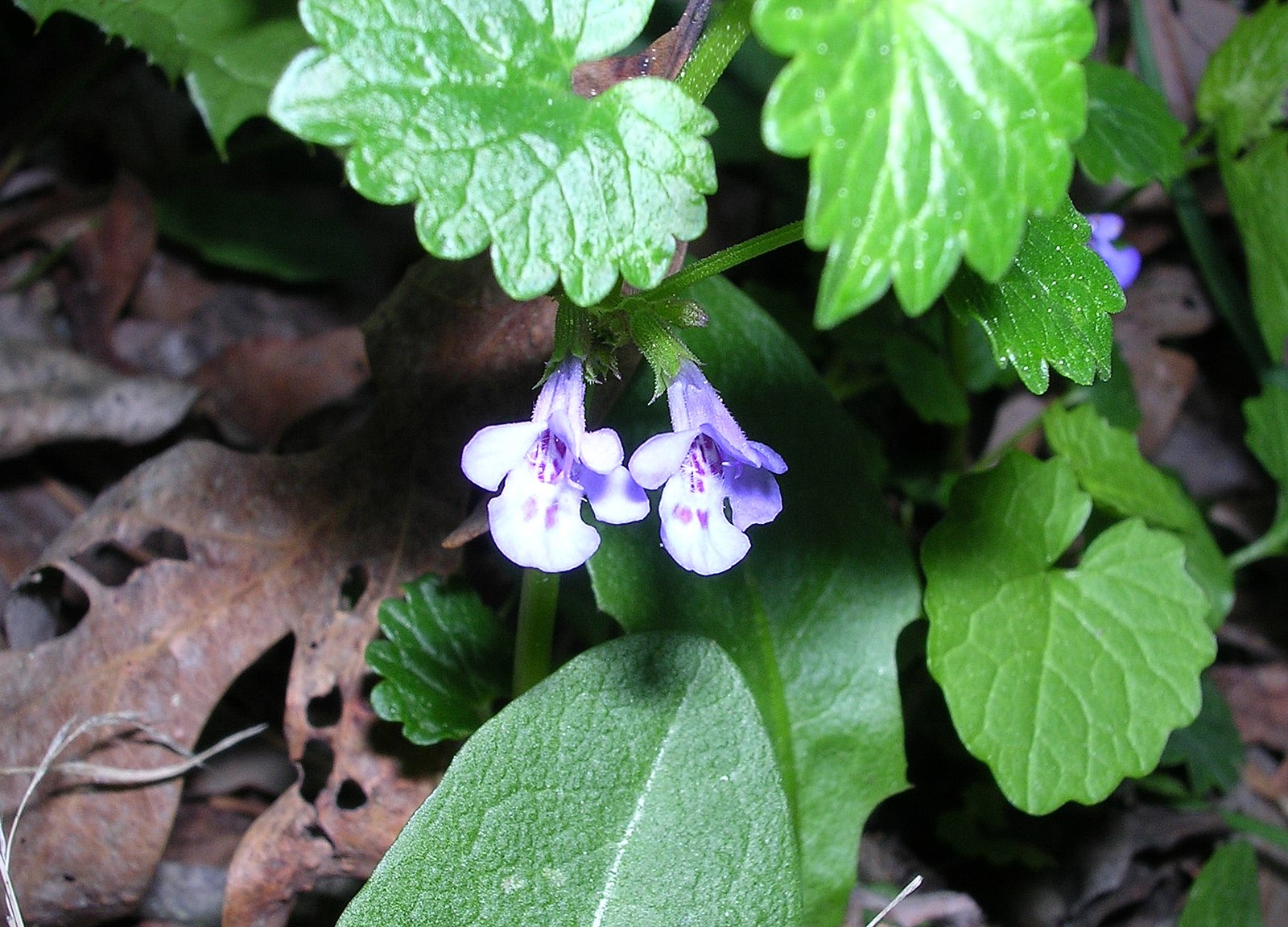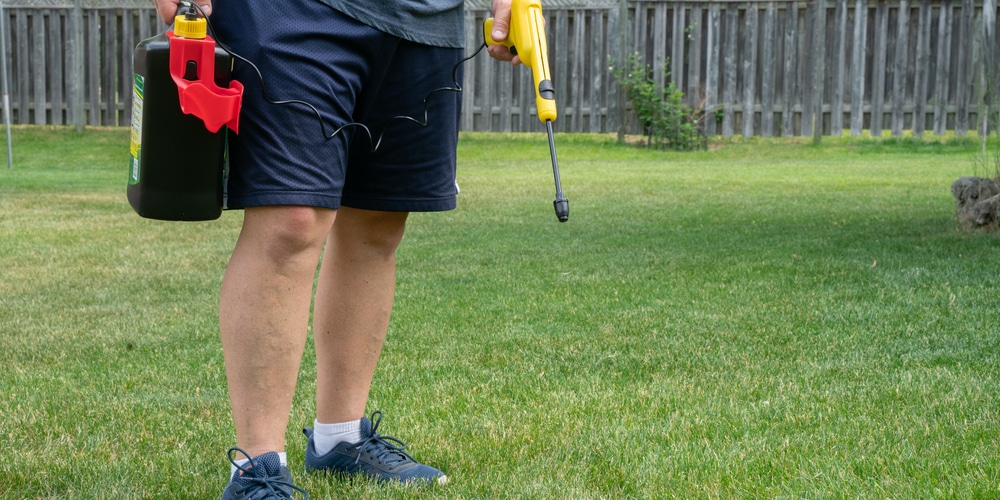Herbicides are usually the go-to method when it comes to treating lawns and yards. However, in the case of a Creeping Charlie infestation, which is the best herbicide chemical you can use? Should you use triclopyr or dicamba for creeping charlie?
What is the Best Herbicide for Creeping Charlie?

Creeping charlie can be a significant problem if left unchecked on your lawn. For dealing with a heavy infestation, herbicides that contain either triclopyr or dicamba (or both) should work for creeping charlies.
It’s worth noting that dicamba and triclopyr are systemic and selective herbicides, which means they shouldn’t harm your grass or plants if you apply them properly and according to the manufacturer’s instructions. Also, the two herbicides have pretty much the same mechanism of action and method of weed-killing.
If you really want a fast-acting solution to eliminate creeping charlie weeds in your garden, then it’s recommended that you choose an herbicide that contains both dicamba and triclopyr. Furthermore, you should pick a postemergence broadleaf herbicide that has the two active ingredients, as well as mecoprop or MCPP.
As a word of warning, you should not spray dicamba or triclopyr on flower plants and vegetable gardens as they could be affected. In this case, it’s better to do manual hand-pulling or use a hoe to dig up the invaders, then use a small shovel to dig up the roots.
How Does Triclopyr Work?
Triclopyr is a popular herbicide that can control broadleaf and woody plants and has been around since the 70s.
The selective herbicide deals with a range of unwanted plants, including nettles, brambles, and docks. What’s great about triclopyr is that it generally doesn’t harm grass, which means you can spray it on your lawn or turf and not worry about any detrimental effects.
Triclopyr can be found in several hundred brands, and they come in granules, concentrated liquid, ready-to-use products, and powder form. The systemic herbicide is absorbed into the creeping charlie’s leaves and plants and causes it to die a few weeks later.
How Does Dicamba Work?
Dicamba is also a systemic herbicide that’s absorbed through the roots and leaves. The chemical also mimics auxin and causes an overload when applied. What’s great about dicamba is that it’s considered ‘rainfast’, which means the herbicide will still work as long as it dries on the creeping charlie and even when there’s irrigation or rainfall after 4-6 hours.
The herbicide may be used in pre- and post-emergent settings and to kill creeping charlie. Similar to triclopyr, it controls woody plants and broadleaf weeds and comes in several herbicide types as well.
How to Use Triclopyr or Dicamba for Creeping Charlie
You can use either dicamba-based or triclopyr-based herbicides when dealing with creeping charlies on your lawn or garden. You can also purchase an herbicide that has the two active ingredients as long as you follow application instructions.
The best time to spray creeping charlie is when the weeds are growing actively. Perennial broadleaf weeds such as the Creeping Charlie are best treated anytime from mid to late fall and after the first frost, as it’s the time when they’re sending nutrients down to the roots in preparation for the winter season.
You can spray a second time in spring, but it’s recommended that you wait until you see blooms emerging from the plants. A third application may be necessary to completely eradicate the pest.
Herbicides are best used at the end of the day and when there’s no rain forecasted. Wait until the winds have calmed down and when temperatures are between 60 to 80 degrees F. As a side note, you should abstain from mowing after spraying for a few days.
